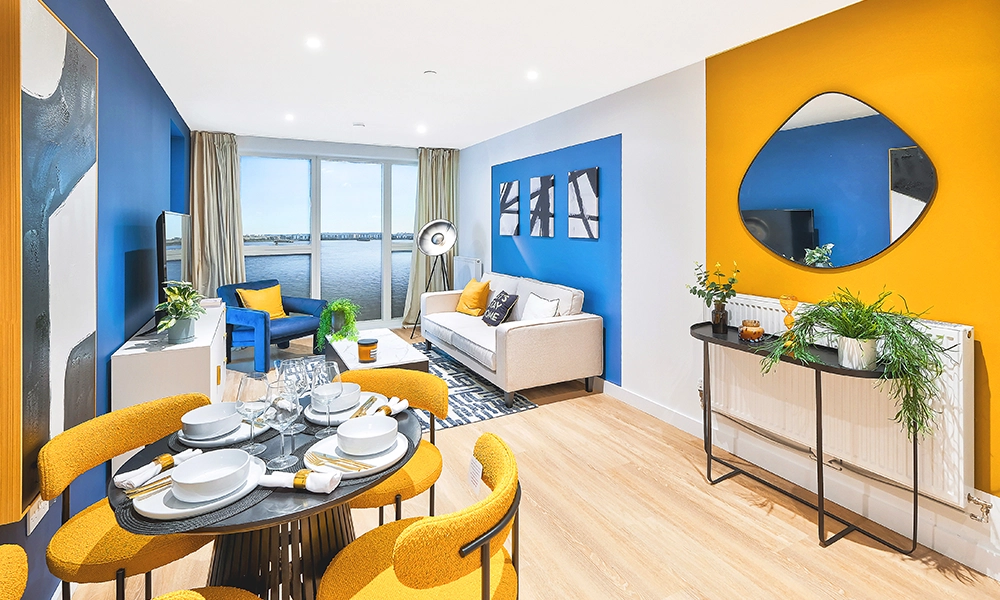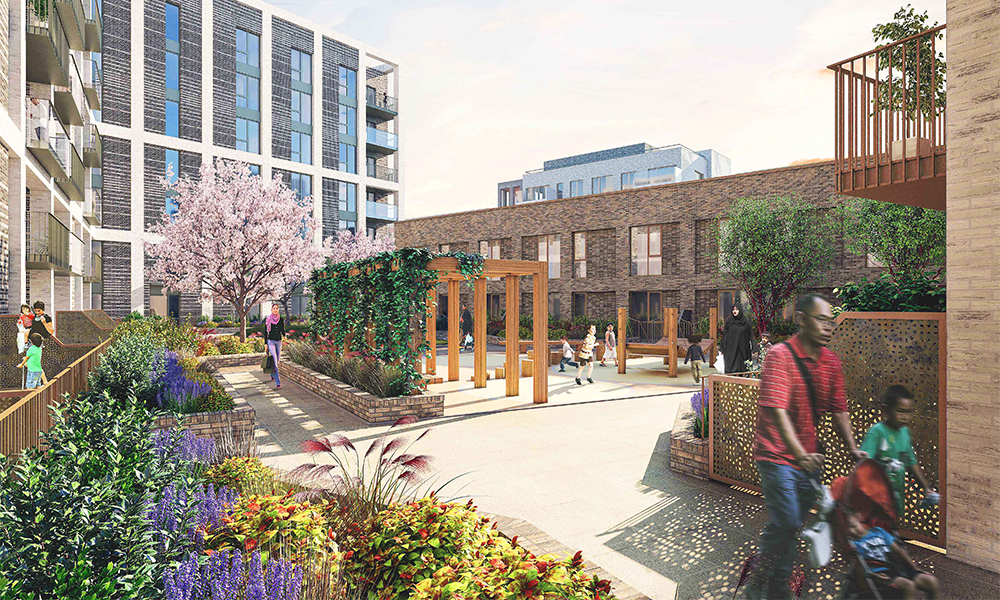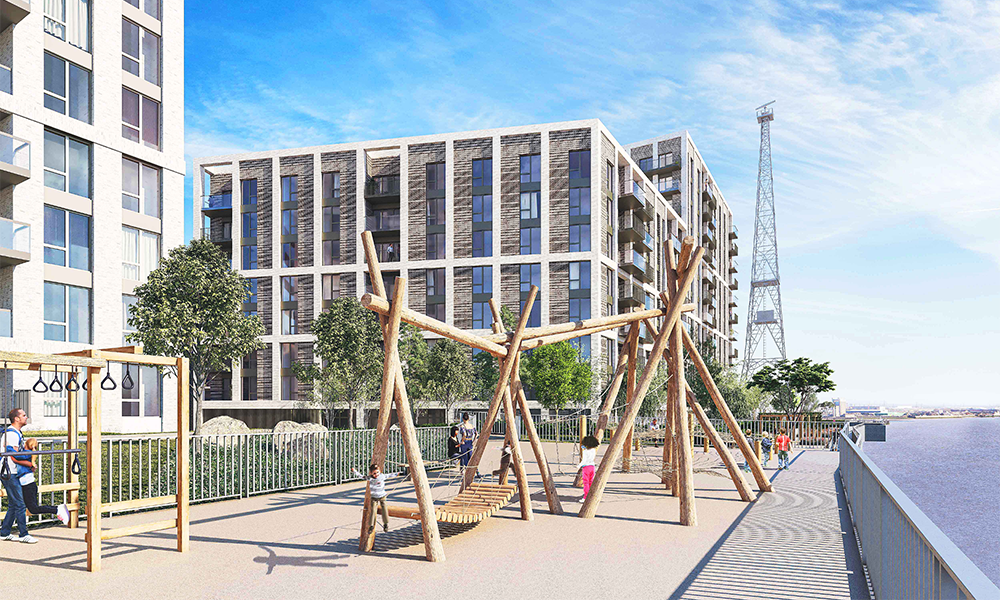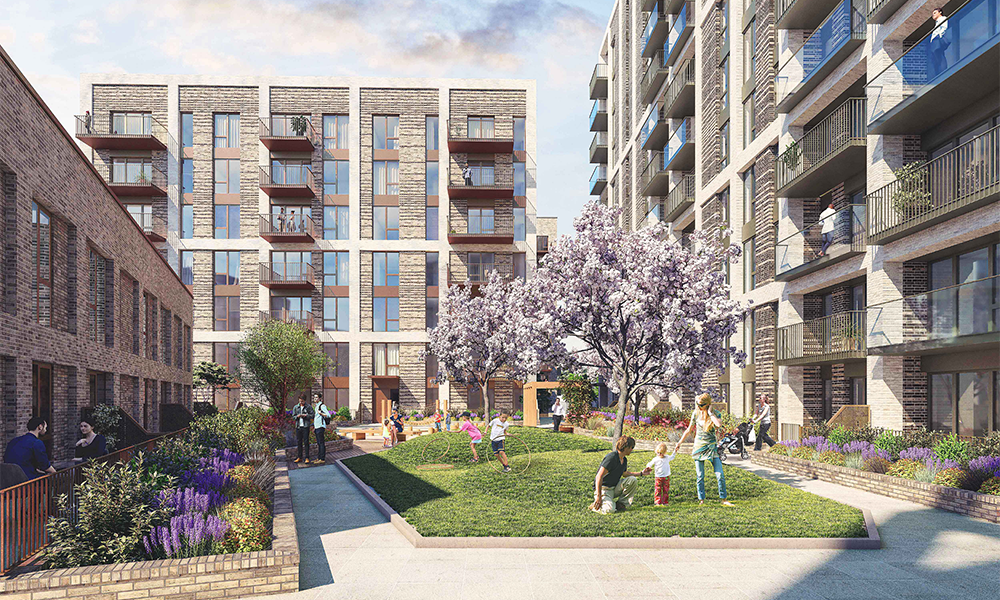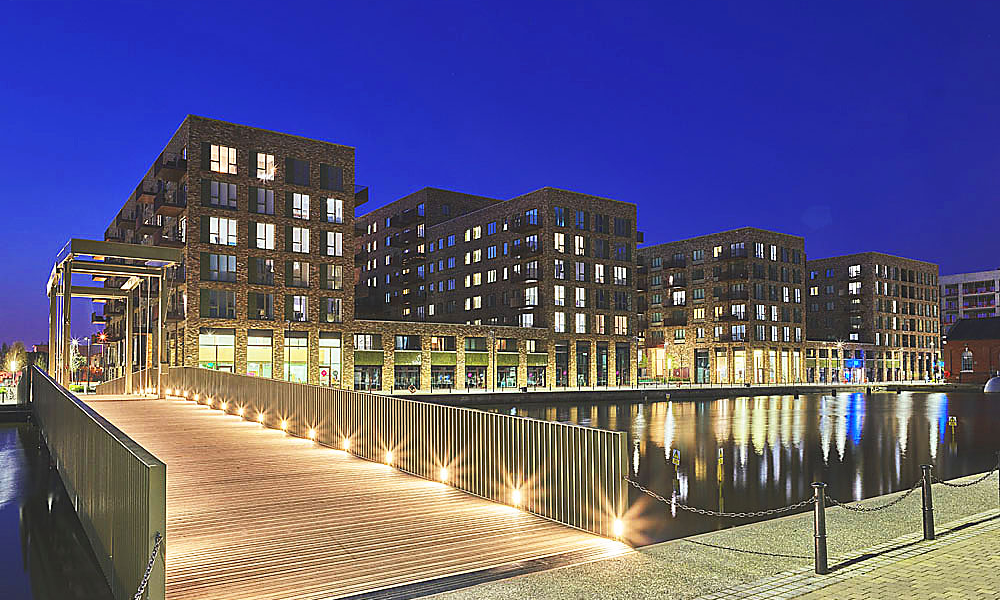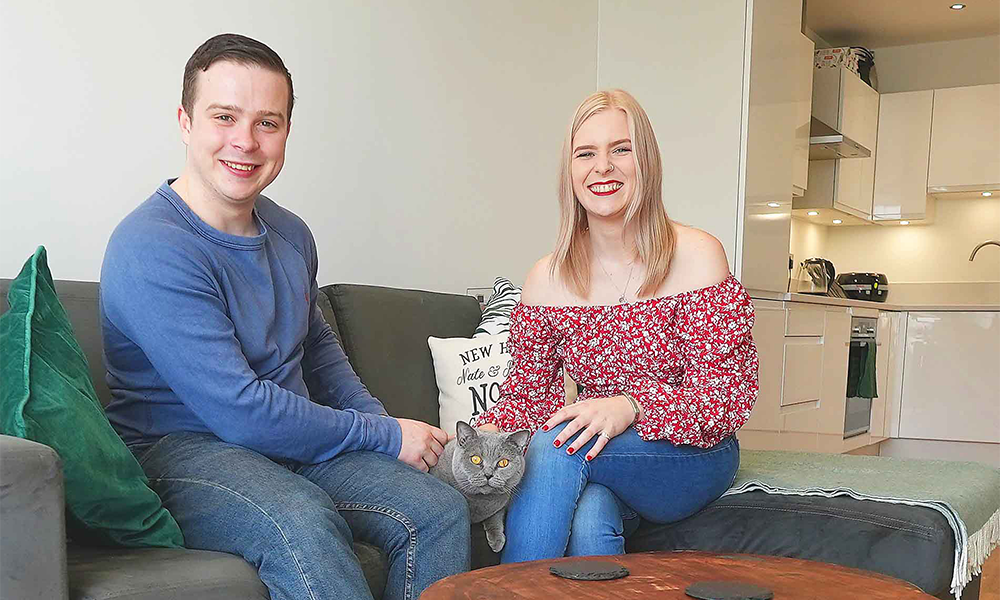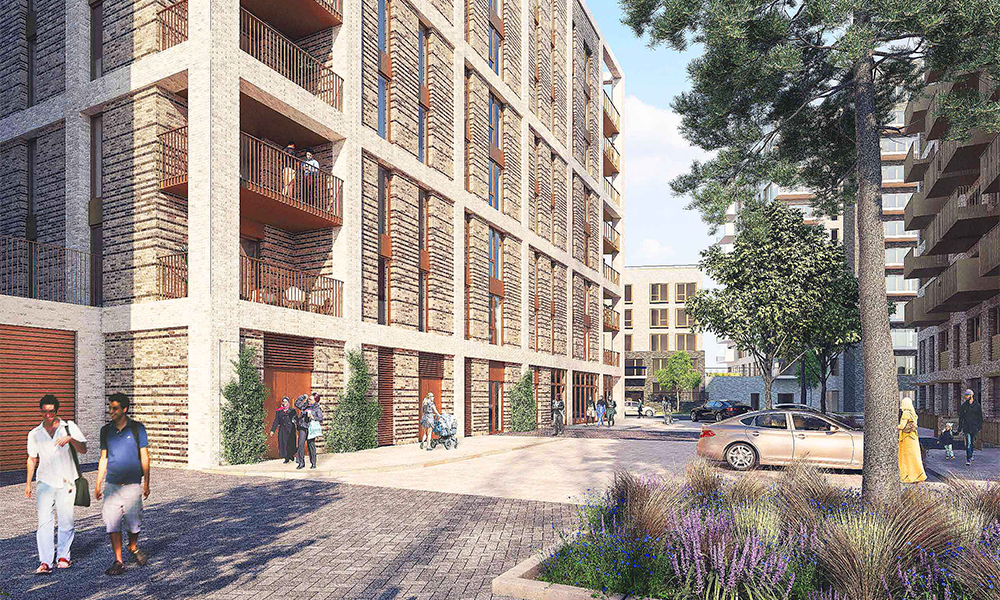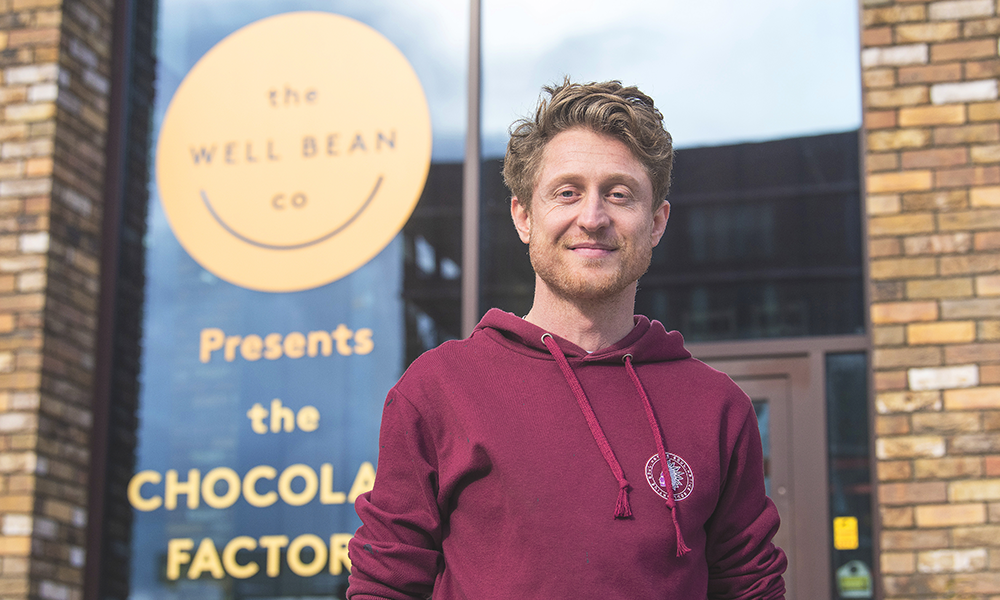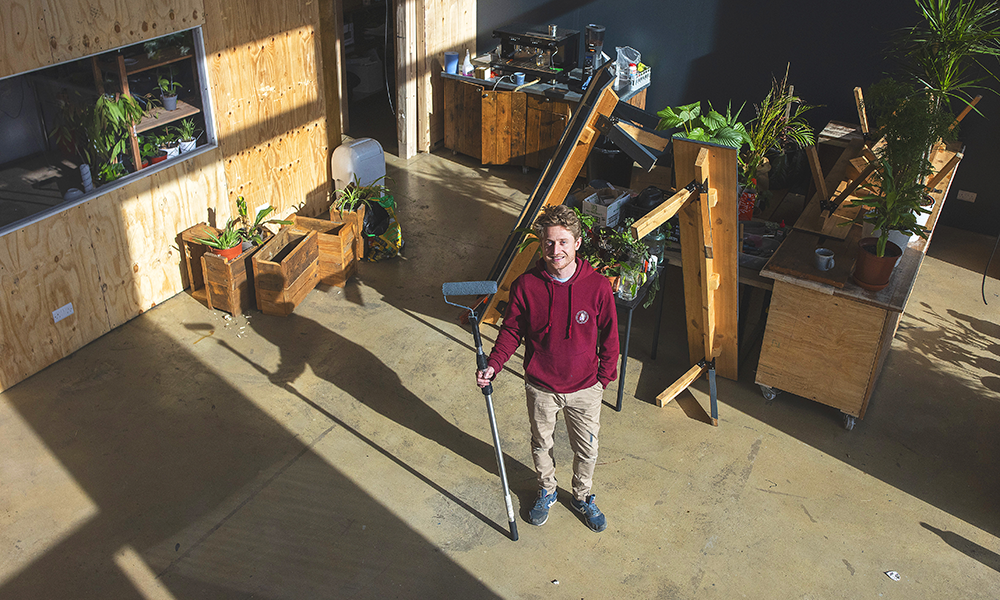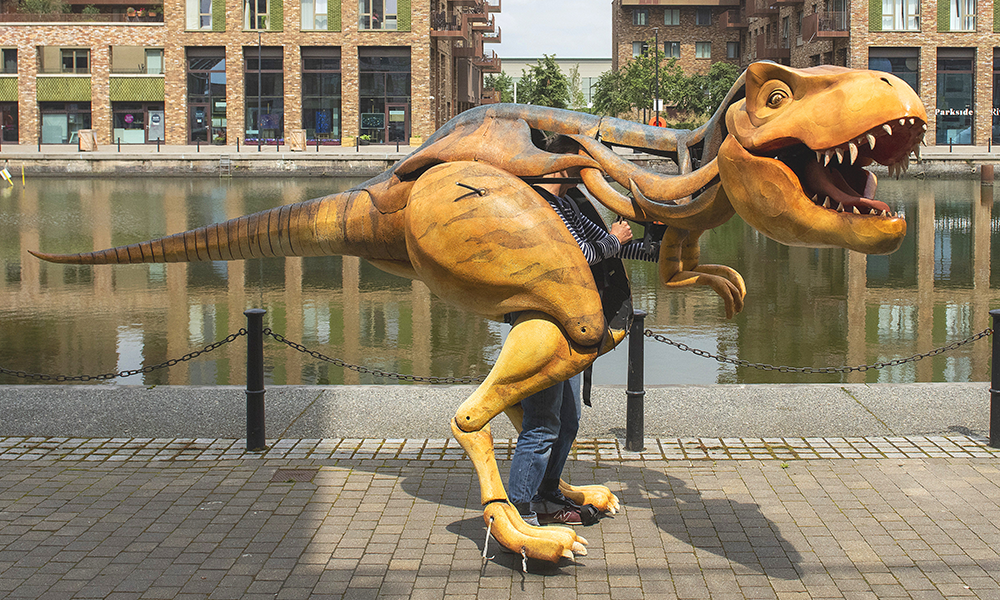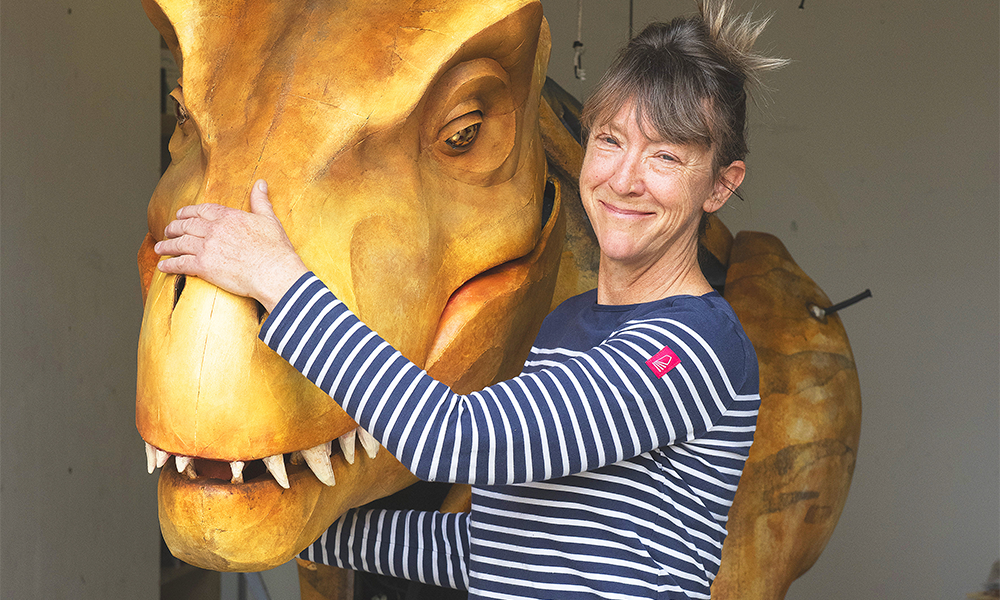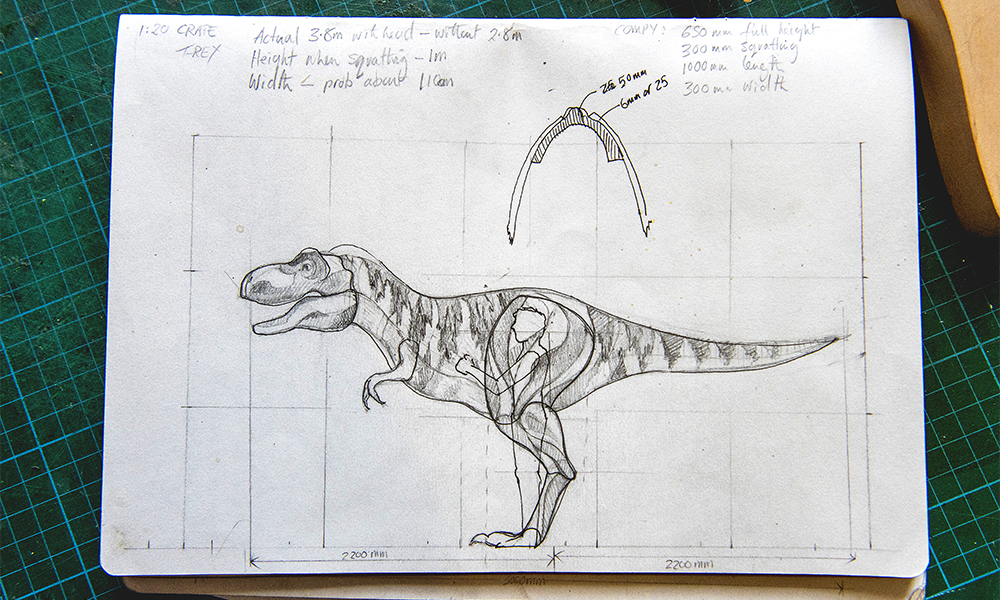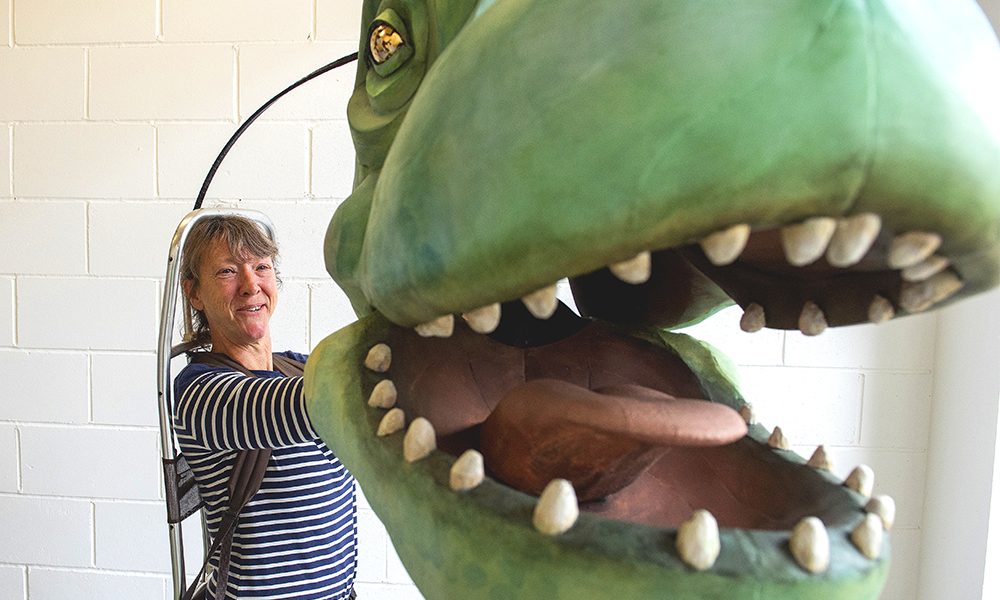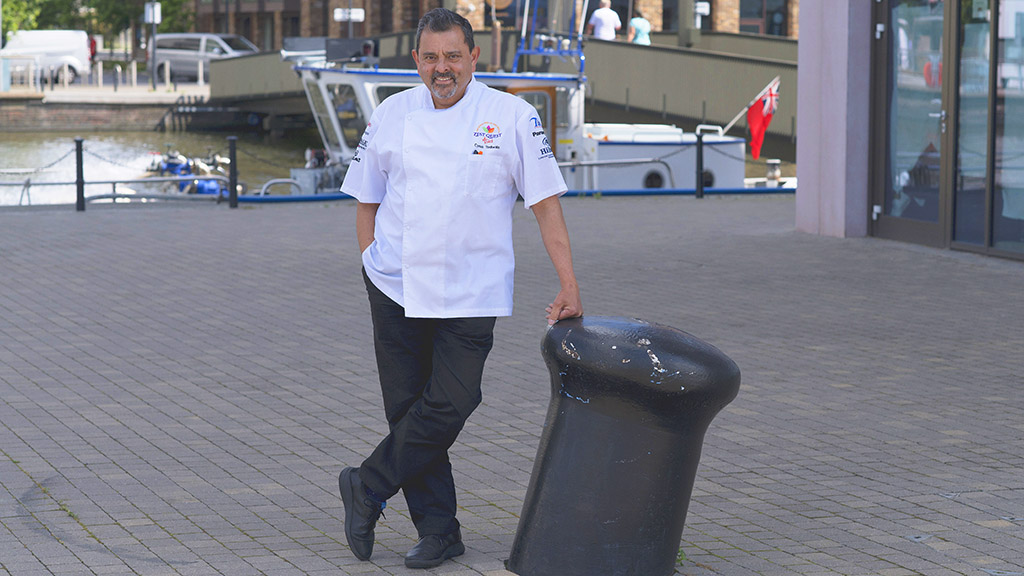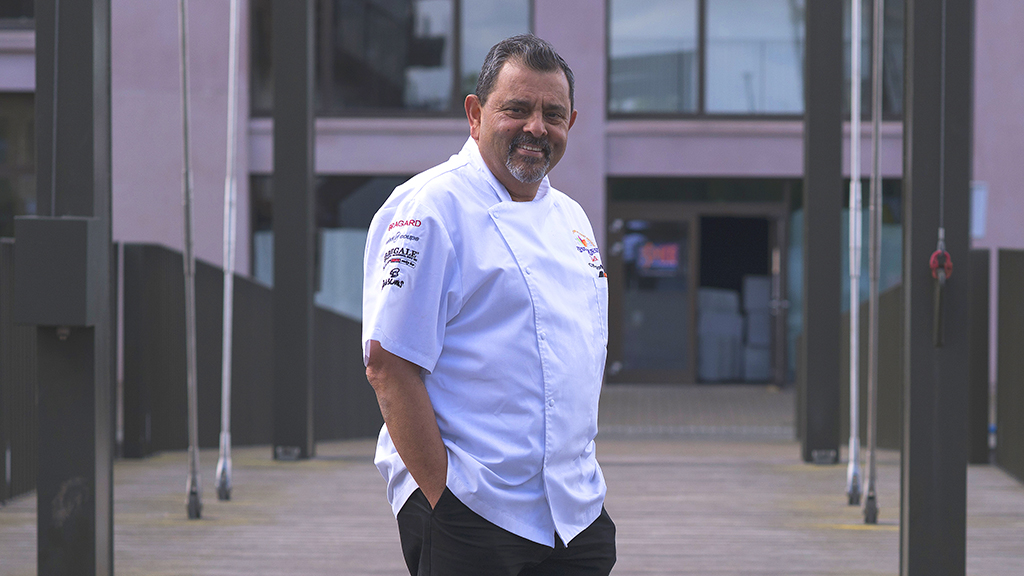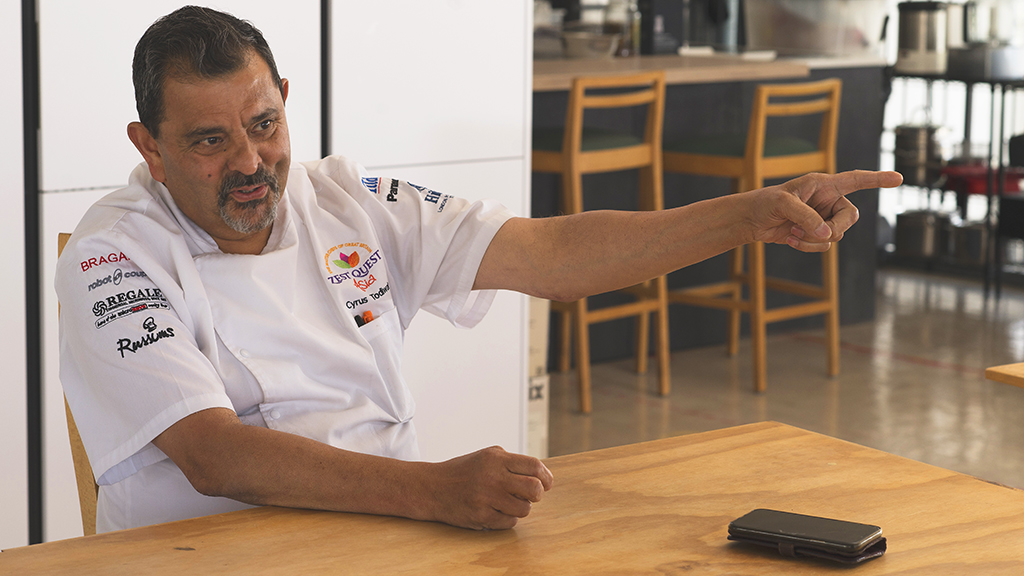Housing association is offering incentives worth up to £6,875 for buyers who reserve a property before September 1, 2025 at its schemes in the capital
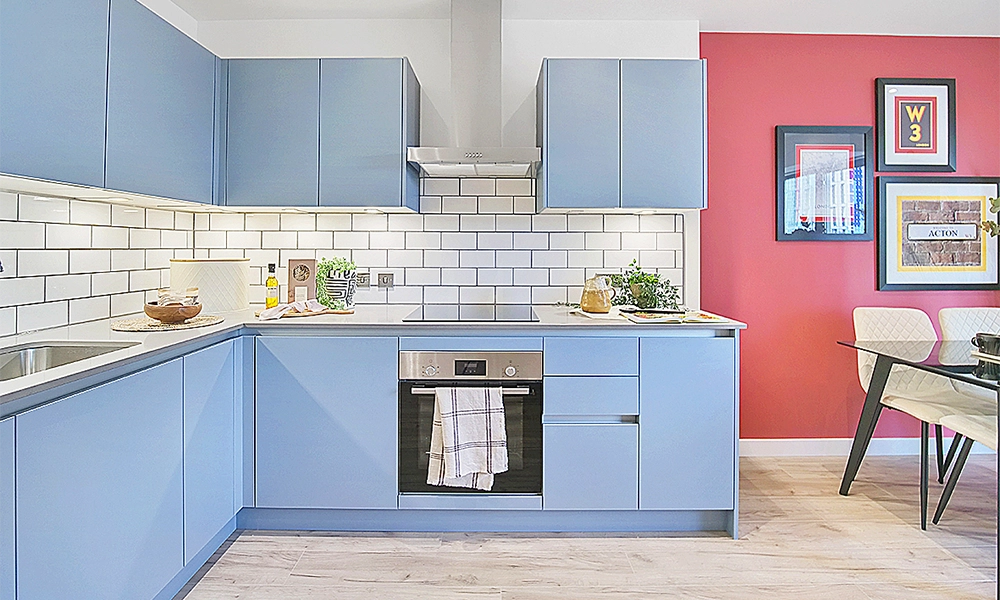
Subscribe to our free Wharf Whispers newsletter here
NHG Homes has unveiled a package of offers aimed at tempting prospective buyers to reserve a home over the summer.
Available on selected one and two-bedroom shared ownership apartments across its London portfolio, those agreeing to purchase a property before September 1, 2025, could receive incentives worth up to £6,875 from the housing association to help them get on the ladder.
“NHG Homes wants to offer more choice to London homebuyers, which is why we are offering incentives to help you move into homes all across the capital,” said Diana Alam, director of sales and marketing at NHG Homes.
“Whether you prioritise riverside living or city views, an easy commute or close proximity to nature, we have homes suited to a range of budgets in perfect London locations.
“With an extra £6,875 to spend you could be making your move this year – that could be by topping up your existing deposit to help get you mortgage-ready, covering your living costs for a few months while you settle in, opting for vouchers towards furnishing your new home or even taking your dream summer holiday – we can help you get the best value for you.”
The offer is subject to lender approval and terms and conditions naturally apply.
Any incentive is payable up to 28 days after completion on the property and eligibility and affordability criteria also apply.
Options available to buyers include travel vouchers, Ikea vouchers, a contribution towards a deposit, a discount on the property or assistance with a buyer’s first few months of living costs.
To help spark readers’ imaginations, we’re showcasing London apartments available to buy on a shared ownership basis with NHG Homes below:

Kidbrooke Square – SE3
£91,875 for a 25% share of a one-bed
>> Just seconds from Kidbrooke Station, NHG Homes’ collection of one and two-bedroom apartments at this development benefit from a concierge service, a residents’ gym and on-site retail units.
In addition to landscaped communal gardens, Cator Park and Sutcliffe Park are close by and the attractions of Blackheath and Greenwich are within easy reach.
The proximity of the railway station also makes for rapid connections for London Bridge, Charing Cross, Victoria and Lewisham (for onward journeys to Canary Wharf).
The apartments feature private balconies or winter gardens, USB ports in every room, integrated A+ Zanussi kitchen appliances and Corian worktops as well as wood-effect flooring in halls, living areas and kitchens. Bedrooms boast built-in wardrobes with sliding mirrored doors.
key details: NHG Homes at Kidbrooke Square
Prices at Kidbrooke Square start at £91,875 for a 25% share of a one-bedroom apartment, based on a full market value of £367,500.
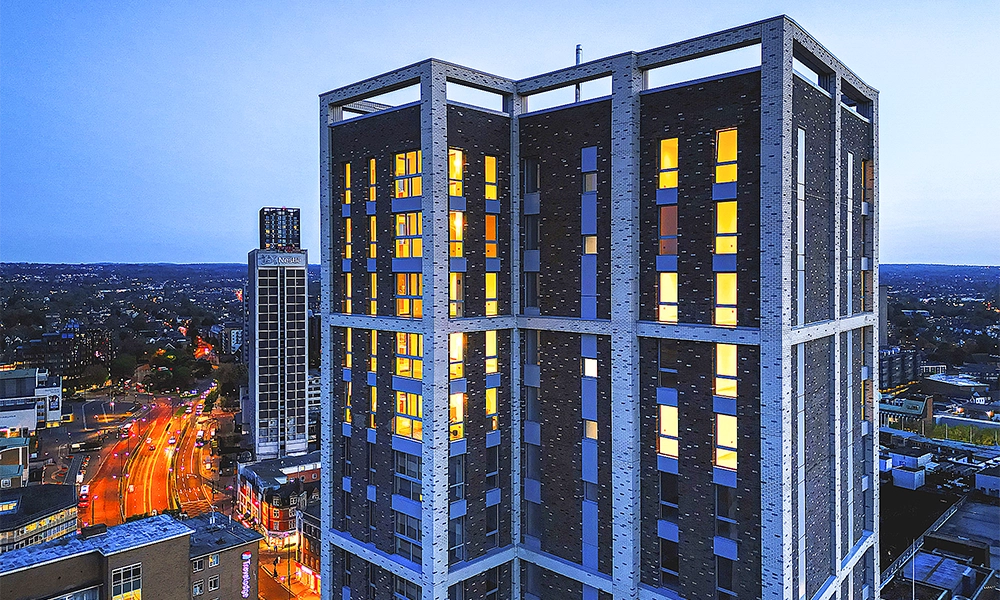
The View At Aspect Croydon – CR0
£88,125 for a 25% share of a one-bed
>> This development offers a collection of 92 one, two and three-bedroom apartments, each featuring open-plan layouts, sleek modern kitchens, floor-to-ceiling windows and private winter gardens with views over London’s skyline.
The Wellesley Road scheme is located a five-minute walk from East Croydon station, connecting residents with central London and Gatwick Airport via mainline rail services.
Local amenities include the Centrale And Whitgift shopping centre, home to high street retailers, independent shops, street food outlets and boutiques.
key details: NHG Homes at The View At Aspect Croydon
Prices at The View At Aspect Croydon start at £88,125 for a 25% share of a one-bedroom apartment, based on a full market value of £352,500.

Lampton Parkside – TW3
£83,125 for a 25% share of a one-bed
>> Delivered in partnership with developer The Hill Group, this scheme is located close to Hounslow Tube station on the Piccadilly line. Journeys into central London take approximately half an hour.
The development offers a range of shared ownership apartments located beside Lampton Park in west London.
The properties feature built-in storage, underfloor heating and private outdoor spaces in the form of either balconies or terraces.
Residents benefit from a concierge service and a series of communal outdoor spaces connected by wildflower walkways.
In addition to the open spaces at the development, the apartments are within easy walking distance of the amenities offered by Lampton Park itself including tennis courts, an adventure playground and plenty of green open space.
key details: NHG Homes at Lampton Parkside
Prices at Lampton Parkside start at £83,125 for a 25% share of a one-bedroom apartment, based on a full market value of £332,500.
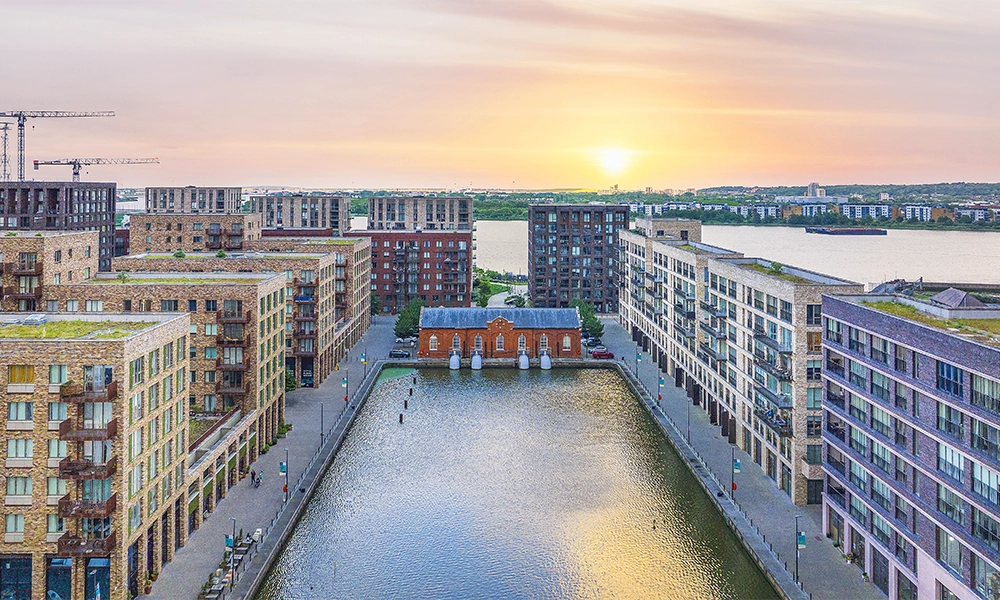
Royal Albert Wharf – E16
£82,500 for a 25% share of a one-bed
>> There are only a few homes still available at this development which sits on land between the River Thames and the eastern end of Royal Albert Dock.
Residents can expect a concierge service, a communal lounge and podium gardens as well as local amenities such as restaurants, cafés and open spaces.
The scheme is also close to Gallions Reach Shopping Park.
Properties available feature open-plan design, fully fitted kitchens with integrated appliances and rainfall showers in the bathrooms.
Every apartment also boasts a private balcony.
This 15-year regeneration project is located 10 minutes’ walk from Gallions Reach DLR station, which offers connections to Canary Wharf in 15 minutes via Poplar and Bank for the City in about 25 minutes.
key details: NHG Homes at Royal Albert Wharf
Prices at Royal Albert Wharf start at £82,500 for a 25% share of a one-bedroom apartment, based on a full market value of £330,000.

The Perfume Factory – W3
£105,000 for a 25% share of a one-bed
>> Acton is all about connectivity and vibrancy with residents in this development benefiting both from North Acton Tube station on the Central line and Elizabeth Line services from Acton Main Line station offering direct links to Heathrow and, of course, Canary Wharf.
The scheme is also within easy reach of the likes of Portobello Road, Ealing Broadway and Westfield London for shopping and a wealth of local amenities including restaurants, bars and cafes.
Apartments at The Perfume Factory include interior design with a “contemporary Nordic feel” and boast underfloor heating, fitted kitchens with stone worktops and bathrooms with Roca sanitaryware.
Communal spaces at the development include a formal play area and cycle storage to help promote greener travel.
key details: NHG Homes at The Perfume Factory
Prices for the last available homes at The Perfume Factory start at £105,000 for a 25% share of a one-bed with a value of £420,000.
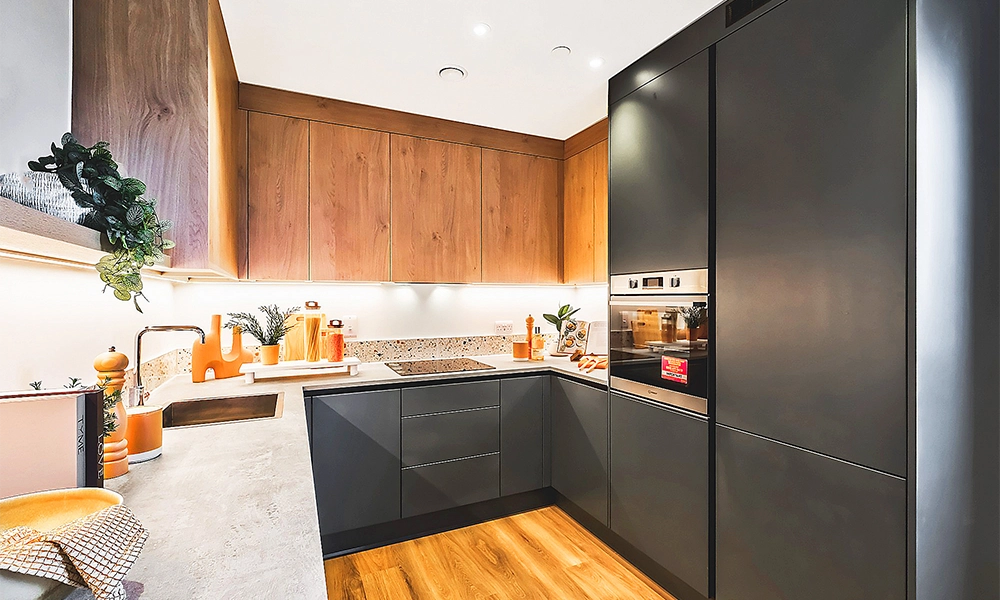
Heybourne Park – NW9
£88,125 for a 25% share of a one-bed
>> Offering a collection of one and two-bedroom shared ownership apartments – the latter with a starting price of £117,500 for a 25% share – this north-west London development is located within walking distance of Colindale Tube station with direct trains to Kings Cross.
The properties, which are part of a 15-year regeneration project offer access to plentiful open space including a new community plaza on-site as well as the amenities of Heybourne Park itself, Colindale Park and Montrose Playing Fields.
Residents moving in will find the scheme boasts an outdoor gym, a supermarket and a cafe as well as a library. Further afield, Colindale town centre, Mill Hill Broadway and Edgware Road are all within walking distance.
All apartments feature underfloor heating and private outdoor space plus access to a communal podium garden.
key details: NHG Homes at Heybourne Park
Prices at Heybourne Park start at £88,125 for a 25% share of a one-bedroom apartment, based on a total market value of £352,500.
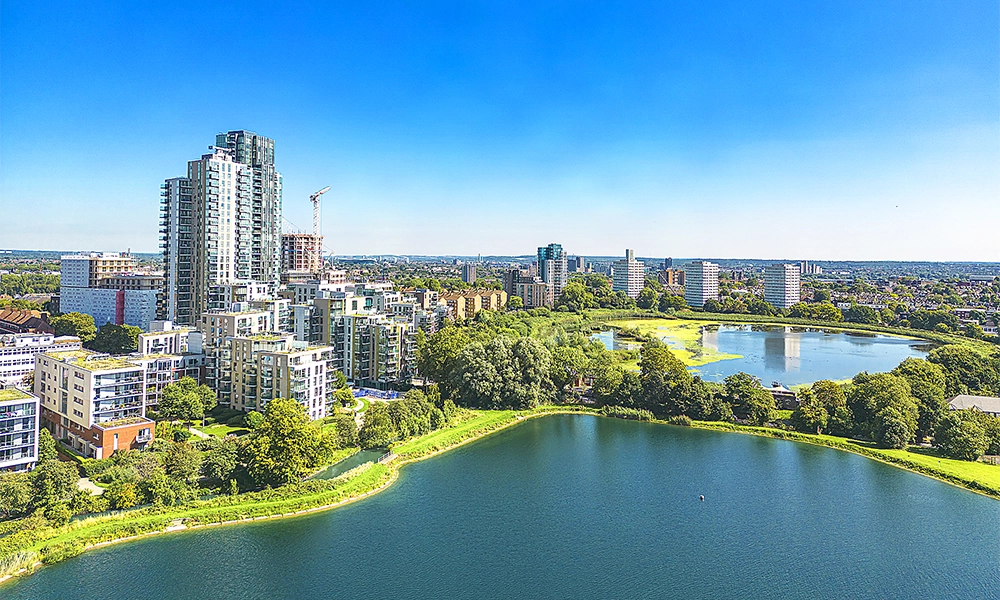
Gadwell Quarter – N4
£118,750 for a 25% share of a one-bed
>> A selection of one-bedroom shared ownership homes awaits at this north London scheme located between Manor House Tube station and Woodberry Down wetlands nature reserve.
Short-listed for the First Time Buyer Readers’ Award 2024 for Best First Time Buyer Apartment, this development in Zone 2 on the Piccadilly line offers prospective owners the chance to get on the ladder in a vibrant, well-established neighbourhood.
Located in Hackney, close to the borough’s northern border with Haringey, the scheme benefits from its proximity to Finsbury Park and the Green Lanes area, both offering a wealth of leisure and hospitality options.
Only one-bedroom apartments now remain at this popular development with homes enjoying natural light through large windows and glazed balcony and terrace doors leading to private outdoor space.
key details: NHG Homes at Gadwell Quarter
Prices at Gadwell Quarter start at £118,750 for a 25% share of a one-bedroom apartment, based on a full market value of £475,000.
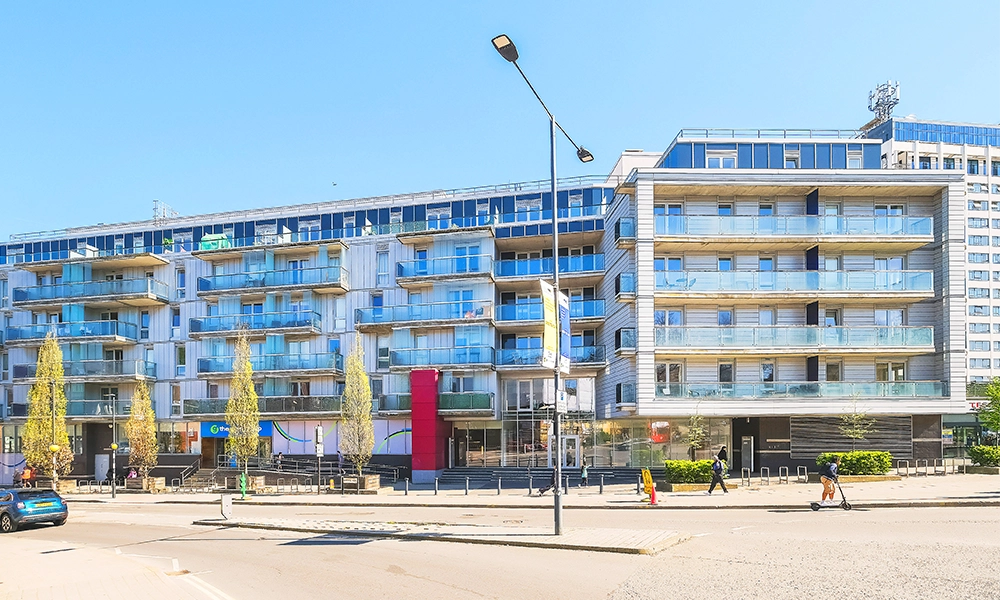
Wembley Place – HA9
£78,750 for a 25% share of a one-bed
>> Offering direct connections from Wembley Park station to Canary Wharf via the Jubilee line, one of myriad benefits for residents moving into this development is its connectivity.
The scheme is within easy walking distance of stations connected to national rail services, the Metropolitan line, the Bakerloo line and London Overground trains.
Located a few minutes from Wembley Stadium, the development has only a single one-bedroom apartment remaining for sale via shared ownership.
Set on the third floor, the property features open-plan design and boasts a private balcony.
With a bustling urban environment all around, residents are able to escape to the relative tranquillity of nearby Union Park and the Welsh Harp (Brent Reservoir) for access to grassland and activities on the water.
key details: NHG Homes at Wembley Place
The price for the final home is £78,750 for a 25% share of a one-bedroom apartment, based on a full market value of £315,000.
Read more: Malaysian restaurant Ong Lai Kopitiam to open its doors at Harbord Square




